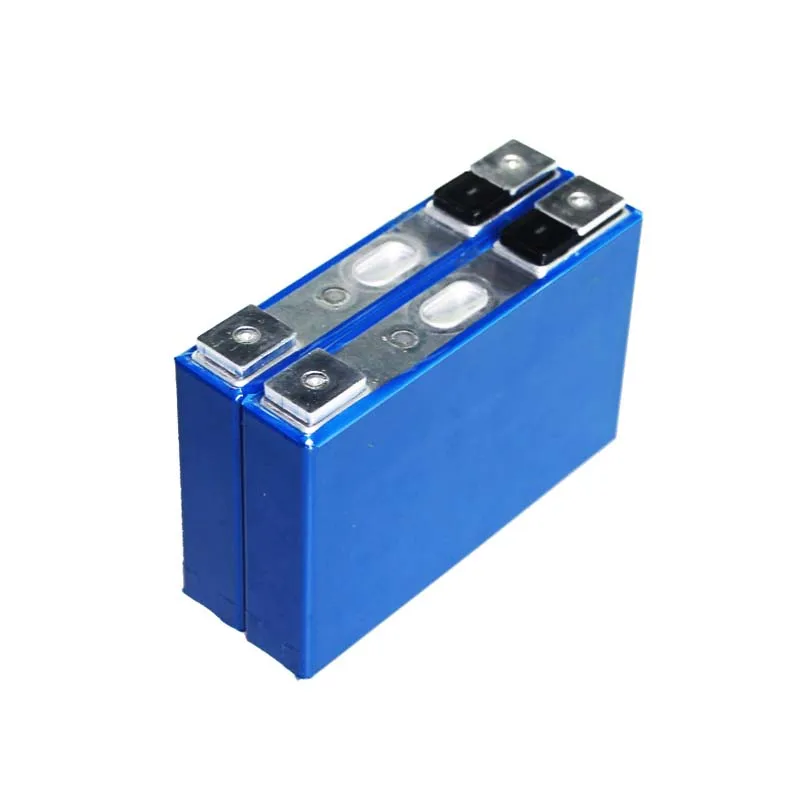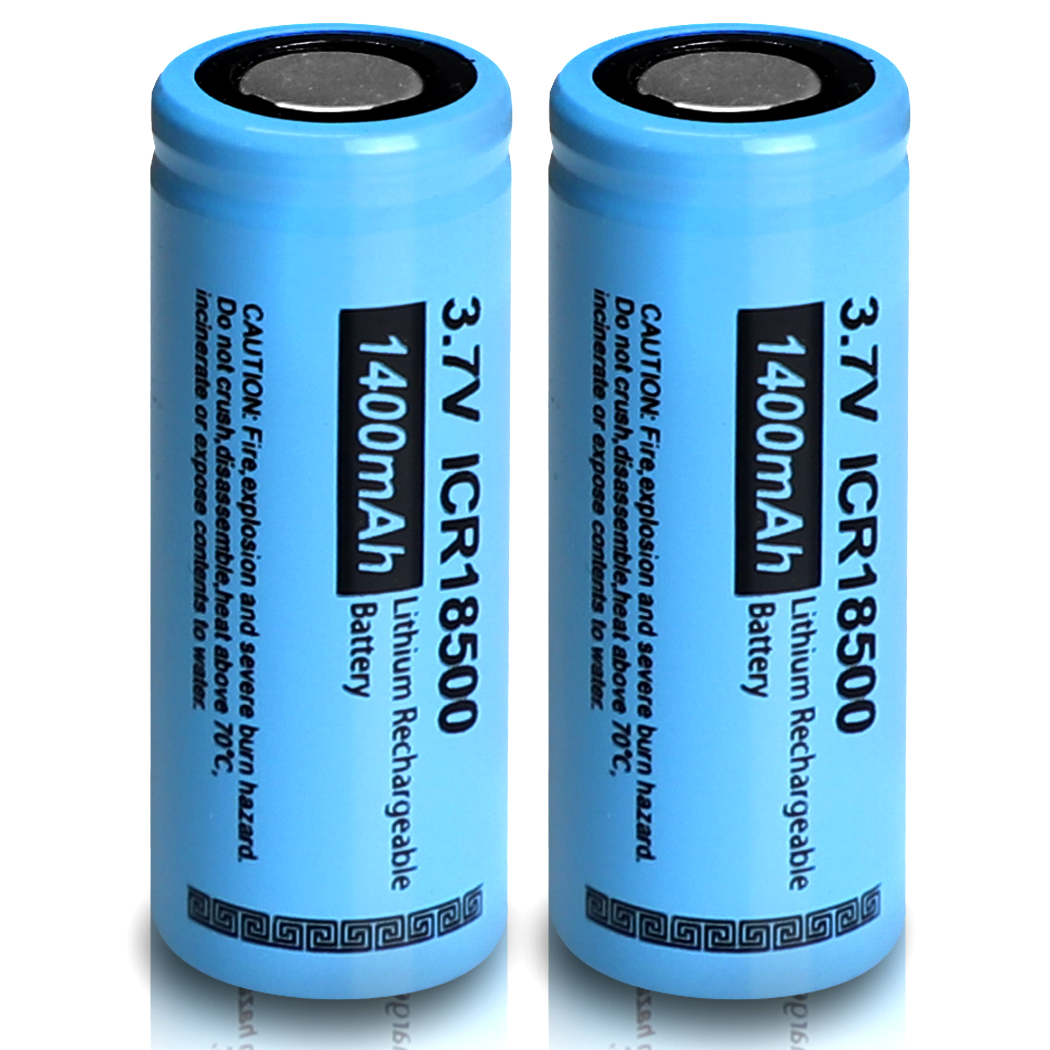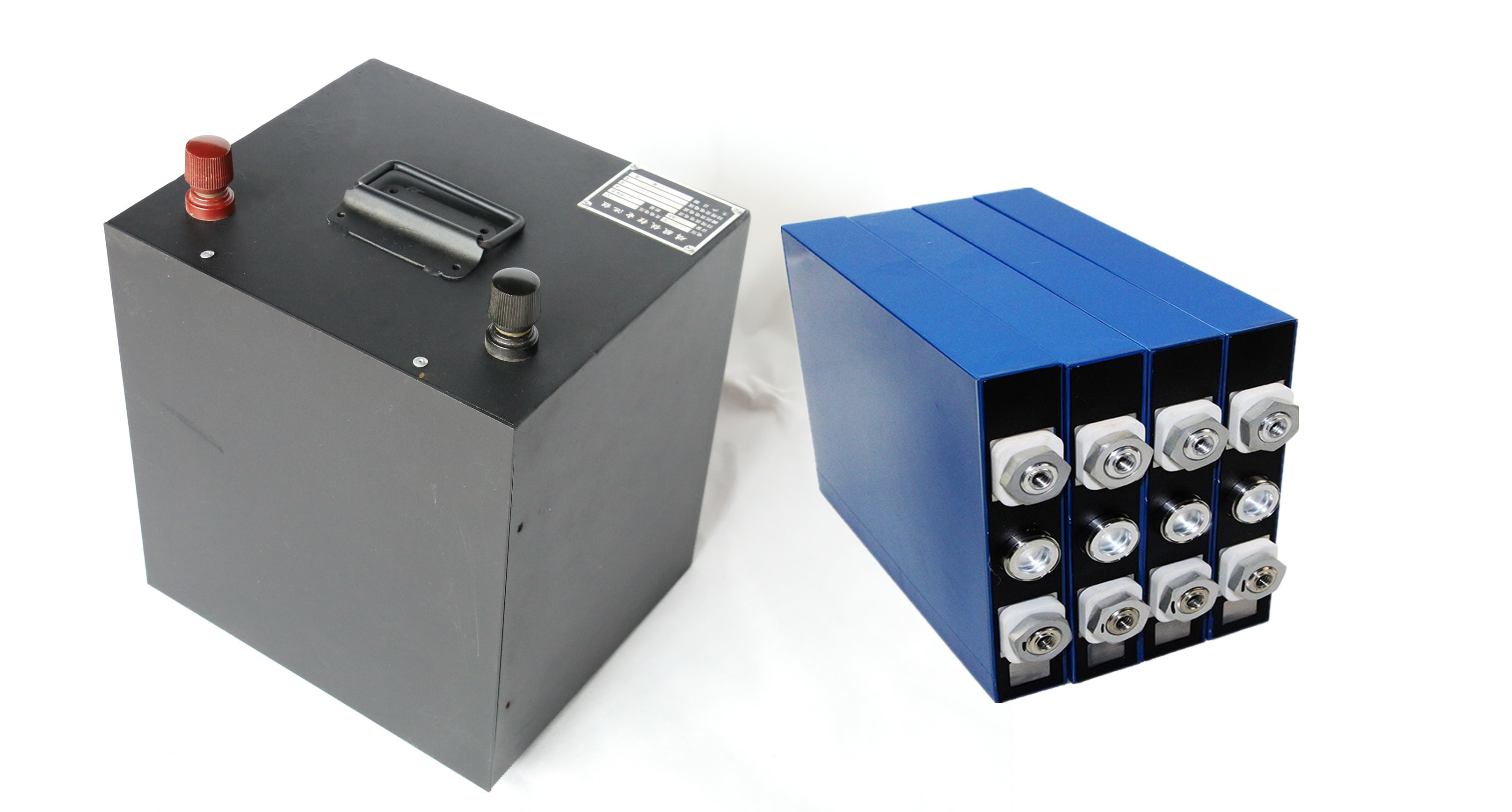
and Canada, or your local battery recycling organization. Contact Rechargeable Battery Recycling Corporation (for U.S.A. Always check and follow your applicable regulations before disposing of any battery.

Avoid exposing the battery to excessive shock or vibration.Do not expose a battery to temperatures above 60 ☌ (140 ☏).Do not dispose of a battery in fire or water.Do not short the external contacts on a battery.Do not disassemble, crush, or puncture a battery.Higher temperatures (above 20 ☌ or 68 ☏) reduce the battery storage life. The battery self-discharges during storage. Store the battery at temperatures between 5 ☌ and 20 ☌ (41 ☏ and 68 ☏).Remove the battery and store it separately from the product.Charge the battery to approximately 50% of capacity at least once every six months.Charge or discharge the battery to approximately 50% of capacity before storage.A defective battery can prevent the battery in the opposite slot from charging, leaving you with two uncharged batteries. When you troubleshoot battery issues for dual battery configurations, test one battery and one battery slot at a time.
#Lithium ion battery manual
The latest version of your Tektronix product user manual is available at NOTE. Refer to your product’s user manual and/or online help for detailed information about charging its battery. Replace it with a new battery.Īlways follow the charging instructions provided with your product. Do not attempt to recharge it or to use it. If you do not follow the instructions, and the battery has no charge remaining when you check it, consider it to be damaged. If a battery is stored or otherwise unused for an extended period, be sure to follow the storage instructions in this document.

#Lithium ion battery manuals
The latest product manuals are available at Use only Tektronix-approved batteries in your Tektronix products.
#Lithium ion battery how to
The product user manual typically includes information on how to check battery status, as well as battery charging instructions.

Routinely check the battery’s charge status. Lithium-Ion batteries continue to slowly discharge (self-discharge) when not in use or while in storage. As the battery loses capacity, the length of time it will power the product (run time) decreases. This loss of capacity (aging) is irreversible. Rechargeable Lithium-Ion batteries have a limited life and will gradually lose their capacity to hold a charge.

Use a two to three year life expectancy for batteries that do not run through complete charge cycles. One charge cycle is a period of use from fully charged, to fully discharged, and fully recharged again. The typical estimated life of a Lithium-Ion battery is about two to three years or 300 to 500 charge cycles, whichever occurs first. When a battery has been unused for 6 months, check the charge status and charge or dispose of the battery as appropriate. Read and follow the guidelines in this document to safely use Lithium-Ion batteries and achieve the maximum battery life span Overviewĭo not leave batteries unused for extended periods of time, either in the product or in storage. Lithium-Ion rechargeable batteries require routine maintenance and care in their use and handling.


 0 kommentar(er)
0 kommentar(er)
